Description
| Model | A005 |
| Lens Construction (Groups/Elements) | 12/17 |
| Angle of View | 34°21′-8°15′ |
| Diaphragm Blade Number | 9 |
| Minimum Aperture | F/32-45 |
| Minimum Focus Distance | 1.5m (59.05 in) |
| Macro Magnification Ratio | 1:4 (at f = 300mm: MFD 1.5m) |
| Filter Diameter | ø62 |
| Weight | 765g * (26.98 oz) |
| Length * | 142.7mm † (5.6 in) |
| Full Length ** | 151.1mm †(5.9 in) |
| Diameter | 81.5mm (3.21 in) |
| Accessory | Flower-shaped Lens hood |
| Mount | Canon, Nikon with Built-In Motor, ++Sony A mount |
* Length means the size from the head of the barrel to the flange of the mount.
** Full Length means the size from the head of the barrel to the end of the lens.
† Length and weight values given are for the Nikon mount. Specifications, appearance, functionality, etc., may be changed without prior notice.
++ The Sony mount does not include the VC image stabilization functionality, as the body of Sony digital SLR cameras include image stabilization functionality.
>>As Seen in Popular Science magazine (April 2011)
![]()
VC (Vibration Compensation) – The VC Image Stabilizer delivers sharp and shake-free images, as well as a smooth viewfinder image.
Super Performance – Tamron’s Super Performance series delivers a range of lenses that meet the highest standards.
USD (Ultrasonic Silent Drive) – Tamron’s USD works with the high-frequency ultrasonic vibrations that are produced by a ring called a ‘stator’. Energy from the vibrations is used to rotate an attached metallic ring known as the ‘rotor’. Piezoelectric ceramic, an element that produces ultrasonic vibrations when voltage of a specific frequency is applied is arranged in a ring formation on the stator. This electrode configuration of piezoelectric ceramic causes two ultrasonic vibrations to occur in the stator.
By effectively combining these two ultrasonic vibrations, it is possible to convert the energy from the vibrations that produced simple motion into energy known as ‘deflective traveling waves’, which then moves around the circumference (rotation direction) of the ring.
With the USD, the friction between these deflective traveling waves created on the metallic surface of the stator and the surface of the rotor produce force, causing the rotor to rotate. The focusing ring lens, which is linked to the rotor, is thus moved, creating a fast and smooth auto-focus drive.
LD (Low Dispersion) – Lens element for greater image sharpness and the correction of chromatic aberration.
Internal Focusing (IF) System – The extension length of the lens does not change during focussing and the close focussing distance is significantly reduced across the entire focusing range.
XLD (Extra Low Dispersion) Glass –A special glass with an extremely low colour dispersion index for the greatest level of sharpness and compensation of chromatic aberration.
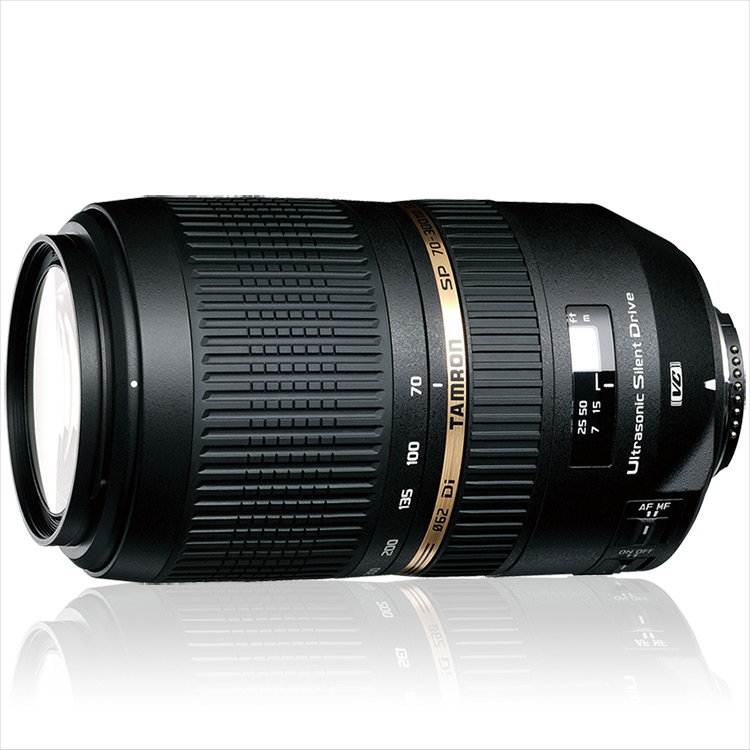






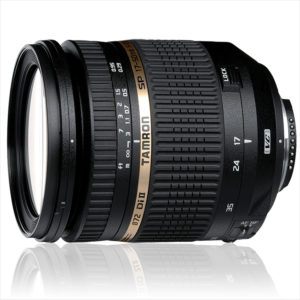
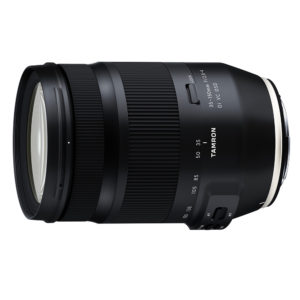
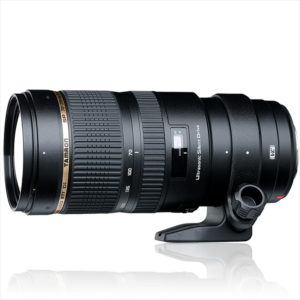
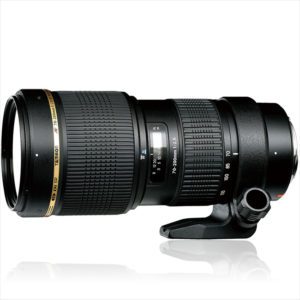






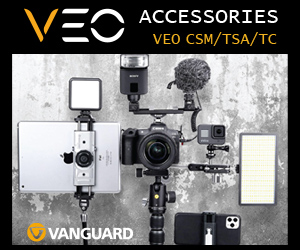
Reviews
There are no reviews yet.